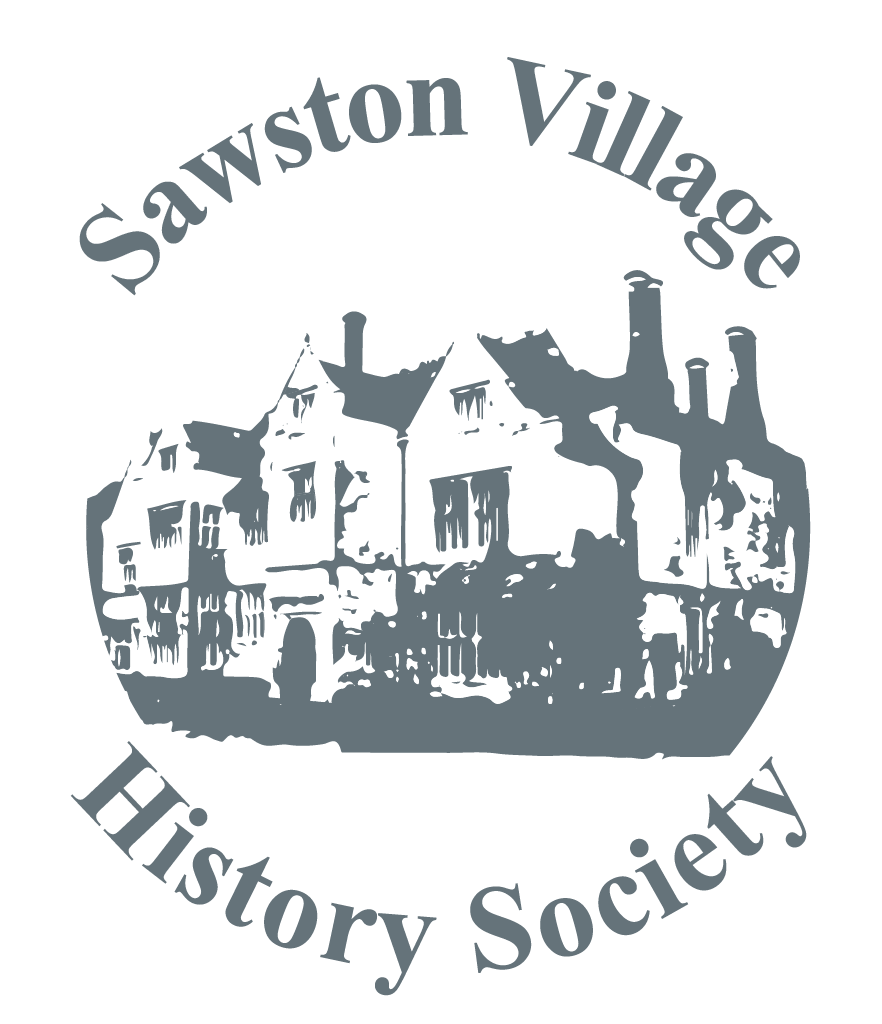
The speaker at our February meeting was Alan Osborne telling us about Ada Lovelace, the world’s first computer programmer.
Ada Lovelace was born Augusta Ada Byron on the 10th December 1815, the only legitimate daughter of the famous poet, writer, peer and politician, Lord Byron. Her mother was born Annabella Milbank, from a wealthy aristocratic family in County Durham. Ada was born within a year of the wedding, but by then her mother Belle was fed up with Byron’s constant philandering and demanded an early divorce. Byron signed the divorce papers when Ada was only five weeks old. Unusually, Byron allowed his wife custody of Ada. Byron left England for Greece and his eventual death, when Ada was only four months old.
Belle was worried that Ada would inherit Byron’s “moral deviations” and insisted she be brought up to study maths and science, rather than literature. In 1828, Ada was so intrigued by flight she wanted to fly herself. She studied bird flight and even constructed wings. She wrote and published a book at the age of 13 called “Flyology”. Ada was very sickly as a child and spent two years 1829-31 in bed. She used this time to study. In 1833, Ada at 17 was presented at court and introduced to the great and good of London society - Charles Dickens, Charles Darwin, Charles Wheatstone and Michael Faraday. She also met Mary Somerville, a Scottish science writer and polymath, who became her tutor for a while. Mary Somerville and Caroline Herschel became the first two female members of the Royal Astronomical Society. It was Mary who introduced Ada to Charles Babbage (aged 42).
In 1834, Ada visited a textile factory and saw the mechanical loom invented by Joseph Marie Jacquard. It used lengths of punched cards with holes in them. By “programming” the holes in the punch cards, you could produce woven cloth in a specified pattern.
At 18, Ada had an affair with one of her young male tutors. Ada had apparently inherited her father’s passion for sexual encounters, and this was the first of many sexual liaisons and later extra-marital affairs. Her other passion in life was gambling, and she ran up huge debts. In 1835, she married an aristocrat William King. He was a baron, so she became Lady King at 19. In 1838, Queen Victoria raised William to the peerage so Ada became Countess of Lovelace. Ada had three children by the age of twenty-four, but opted out of mothering and so her husband and various nannies raised them.
Babbage had written an article on a mechanical calculating machine he had invented, which he called the “Difference Engine”. He managed to get money from the government to build a demonstration piece at 1/7th scale. It mainly added and subtracted. In 1833, Ada and her mother were invited to view the prototype just two weeks after their first meeting. Ada understood immediately how the Difference Engine worked and made many visits to Babbage. In 1840, Babbage gave a seminar at the University of Turin about a new improved version of his machine, which could do more complicated things, and he called it an “Analytical Engine”. Ada spent nine months in 1842/3 translating the notes taken in French from the meeting. However, she added notes of her own which were three times longer than the original article. She realised the concept behind the machine made it capable of much more than handling data, but also “processing the data”. In her day, this was revolutionary and visionary. She envisaged that by feeding in Jacquard type punch cards, you could “programme” the machine to perform extremely complicated functions. She explained in great detail that she understood how the new Analytical Engine differed from the Difference Engine. These notes contained the first algorithm or programme intended for a machine rather than a human. Her work then lay dormant for over a hundred years. Ada died of uterine cancer on 27 November 1852 at the age of 36, after a long painful illness from 1851. She took many drugs to relieve her pain, so she would have been more than a little “confused” at the end.
There are now several replicas of the Difference Engine (including one in the London Science Museum). Work is now being done on a replica of the vastly more complex Analytical Engine. We know that Alan Turing, of Bletchley Park Enigma Code fame, read her notes during the war. Her notes were re-published in 1953. In 1979, the USA Department of Defence named a new software language “Ada” in her honour. The British Computer Society awarded Ada Lovelace medals and have initiated an annual competition for women students in her name.
Tony Moss